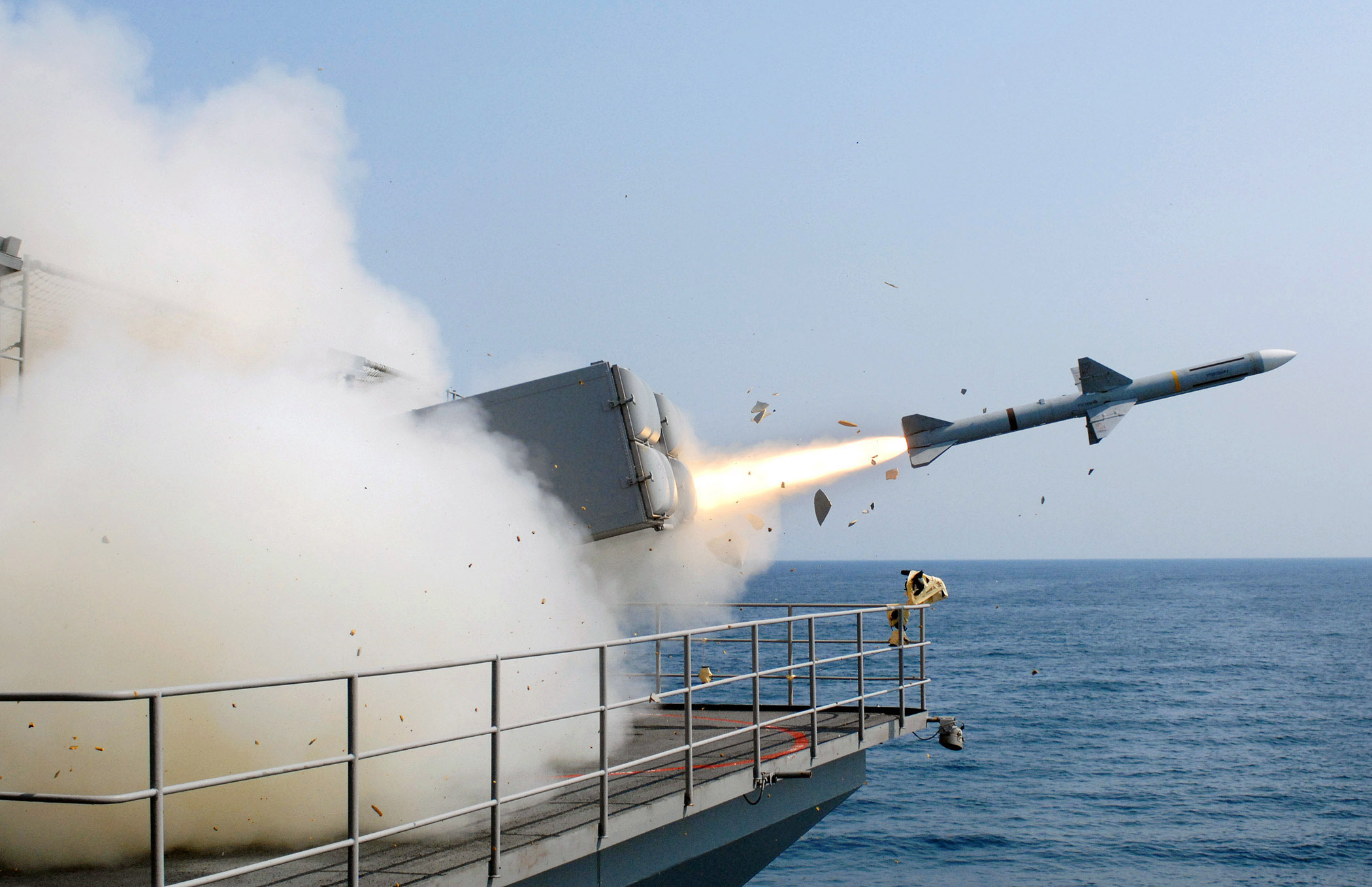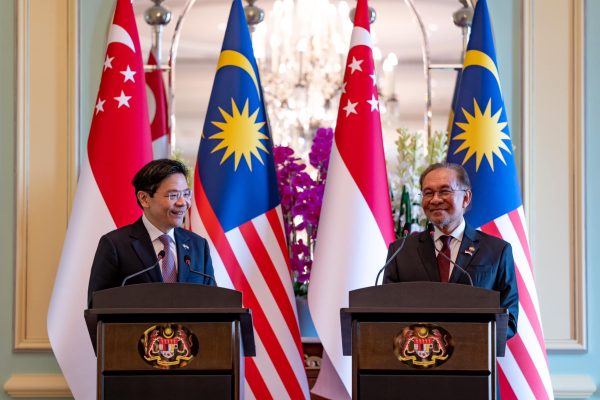India is in the process of harnessing the capability of a rotary unmanned aerial system as part of a deal with Austrian company Schiebel for their renowned Camcopter S-100 ahead of PM Modi’s visit to the country. Jajati Mohanty, CEO, Schiebel India, sheds light on the strategic implications and future prospects of this landmark capability
Ahead of Prime Minister Narendra Modi visit to Austria between July 8 and 10, Indian Navy is currently getting to exploit and utilise CAMCOPTER S-100 rotary unmanned aerial system for ISR in the Indian Ocean Region, marking a pivotal milestone in bilateral technological collaboration.
Founded in 1951 in Vienna, Schiebel focuses on the development, design and production of the revolutionary Camcopter S-100 Unmanned Air System (UAS).
With facilities in Vienna and Wiener Neustadt (Austria), Manassas, VA (USA), Abu Dhabi (UAE), Shoalhaven (Australia) and Hyderabad (India), Schiebel has built an international reputation for producing high-tech military, commercial and humanitarian products, which are backed by exceptional after-sales service and support.
As we delve into how the Camcopter S-100 deal is going to forge a robust bond between Austria and India, particularly in enhancing India’s maritime capabilities through cutting-edge unmanned aerial systems.
The Indian Navy undertakes Intelligence Surveillance & Reconnaissance (ISR) to monitor the sea lane of communication in the Indian Ocean Region (IOR) and has been doing the same with unmanned systems since the beginning of 21st century using fixed wing UAVs operated from shore as well as the ships by handing over control to ships at sea.
The use of these Medium Altitude Long Endurance (MALE) UAVs has provided vital and crucial experience to the Indian Navy, and they have now forayed into shipborne rotary unmanned aerial system which can operate from the deck of warships. This ability has provided much needed flexibility in sea-based operations to the Indian Navy. Suffice to say, it is this capability of the CAMCOPTER® S-100 unmanned aerial system which has brought Austria and India together in one of the fields of technology.
The Indian Naval program provides for Austrian industry namely Schiebel in this case to work with an Indian production partner VEM Technologies in order to license produce the unmanned system in India. The program would create a complete eco system for the rotary unmanned systems and would sustain the technology for effective exploitation. We are also of the opinion that future platforms like the S-300 which is presently under development would find its space in the Indian sub-continent for manufacturing and exploitation by the Indian military.
What makes Camcopter the ideal choice for the Indian security arena? What is the scope of Schiebel for ISR and SAR operations for the Indian Navy, Coast Guard and Army?
The S-100 is a matured and proven platform to have operated effectively and efficiently in extreme environments. Our customers routinely employ the S-100 capability in arctic conditions down to -40 degrees Celsius and deserts up to +55 degrees Celsius, as well as in climatic zones of extreme humidity.
Indian sub-continent with its wide variance of climate needs a capable platform which can handle all these climatic conditions and meet its defined goal. With its operational service ceiling of up to 12,000 feet, its endurance exceeding 6 hours with a full fuel load and 34 kg of payload, the UAS is the ideal asset for hard-to-reach areas and challenging terrains.
The Indian Navy has already commenced operating these unmanned systems in the IOR and we are in the process of participating in tenders pertaining to Coast Guard and the Army which have similar requirements and specifications.
Schiebel India has been incorporated as per Indian laws and has collaborated with VEM Technologies for the local production of the CAMCOPTER® S-100. This partnership is manufacturing the CAMCOPTER® S-100 along with its payload under the Buy (India) category with up to 60 per cent indigenisation content. We have recently completed first set of deliveries to the Indian Navy and the systems are being exploited extensively in the IOR.
Schiebel endeavours to create necessary skills for integration and testing in India (licensed production), creation of a robust eco-system consisting of component manufacturer, dealers for off the shelf items and also setting up of the MRO with indigenised tests stands and diagnostic tester toward fault detection and rectification in addition to overhauling and testing. The creation of facility and skills in India would be to sustain the platform for 15 years and above based on the technology obsolescence.
The S-100 can be operated with either aviation gasoline or kerosene (S1 or the S2 engine option), making it ideally suited for the maritime environment. Its small footprint and the absence of launch or recovery equipment lets the S-100 be easily maneuvered, stowed and maintained in confined spaces or in ships’ hangars. Extensive use of carbon fibre composite materials, titanium, stainless steel and special coatings protect the system against corrosion. Operation is possible from any ship with a small helicopter landing deck or suitable clear space, even in challenging weather.
The S-100 can also successfully operate in environments where GPS is not available (or denied), with missions planned and controlled using a simple point-and-click user interface. Its carbon fibre and titanium fuselage provide capacity for a wide range of payload/endurance combinations up to a service ceiling of 5,500 m/12,000 ft. The high-tech unmanned helicopter is supported by Schiebel’s excellent customer and training services. The ability to innovate and stay ahead of the curve has ensured that S-100 with its obsolescence management has been the market leader since the last two decades.
Indian Navy has more than 8000 km of coastline and some of the busiest sea lane through which merchant traffic passes every day. S-100 has provided Navy with an alternate and very capable platform from where a plethora of maritime activities can be undertaken which previously needed a manned helicopter. With the S-100, the Navy has found its reach and capability getting enhanced multi-role multi-domain in leaps and bounds.
The smoothness and the zeal with which the Indian Navy has taken S-100 into their concept of operations onboard frontline warships has actually been an eye opener and one feels proud as a fellow Indian. We at Schiebel India want to match the Indian Navy in their stride and get the MRO facility going by the end of 2024 so that all repair and overhaul related activities gets completed within the country.
In order to meet this requirement, we are presently working on creating necessary skills and infrastructural capabilities by domestic companies with hand holding from Schiebel Austria. We are expecting that this kind of a symbiotic relationship would result in optimal usage of existing S-100 platforms and enhancement of more systems by Indian Navy for other capital warships on both east and west coast of India.
(With Reporting By FirstPost)

















.gif)



Discussion about this post